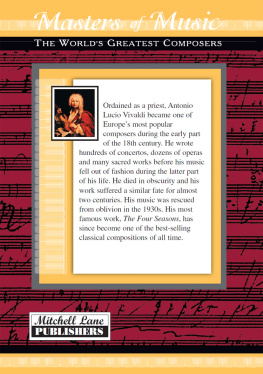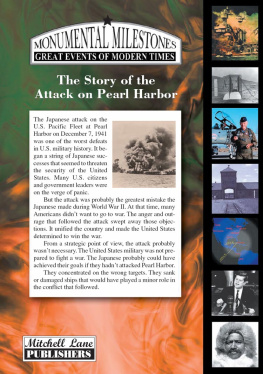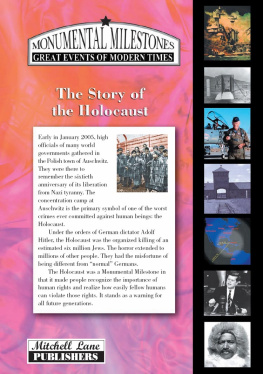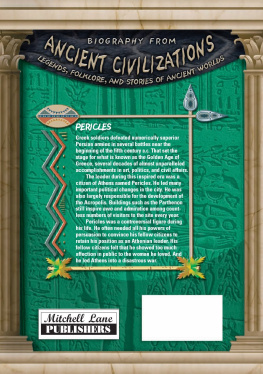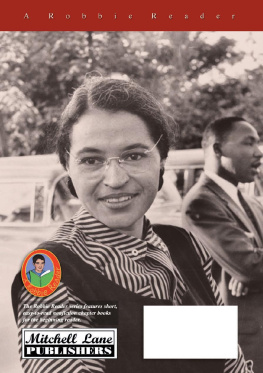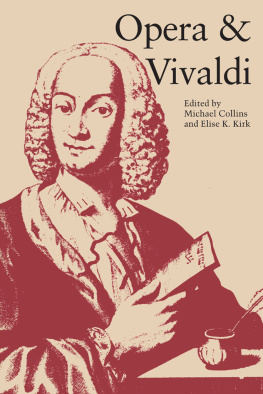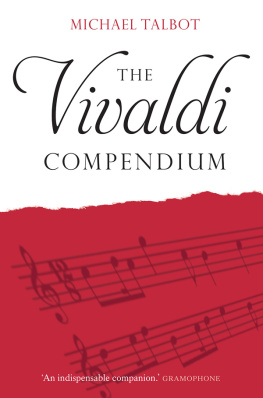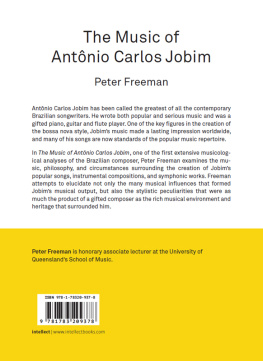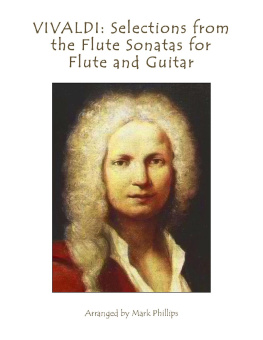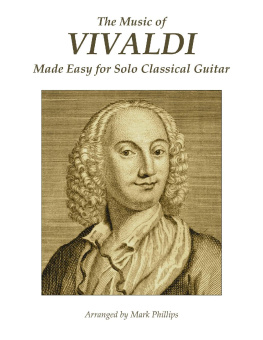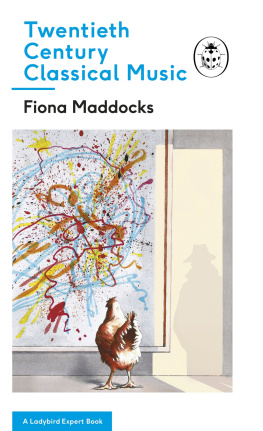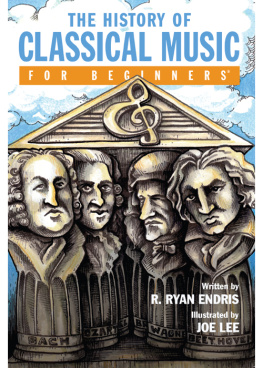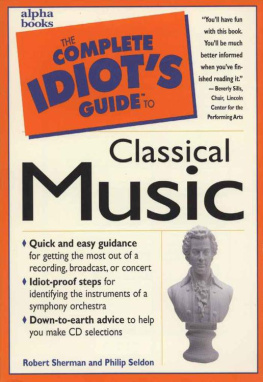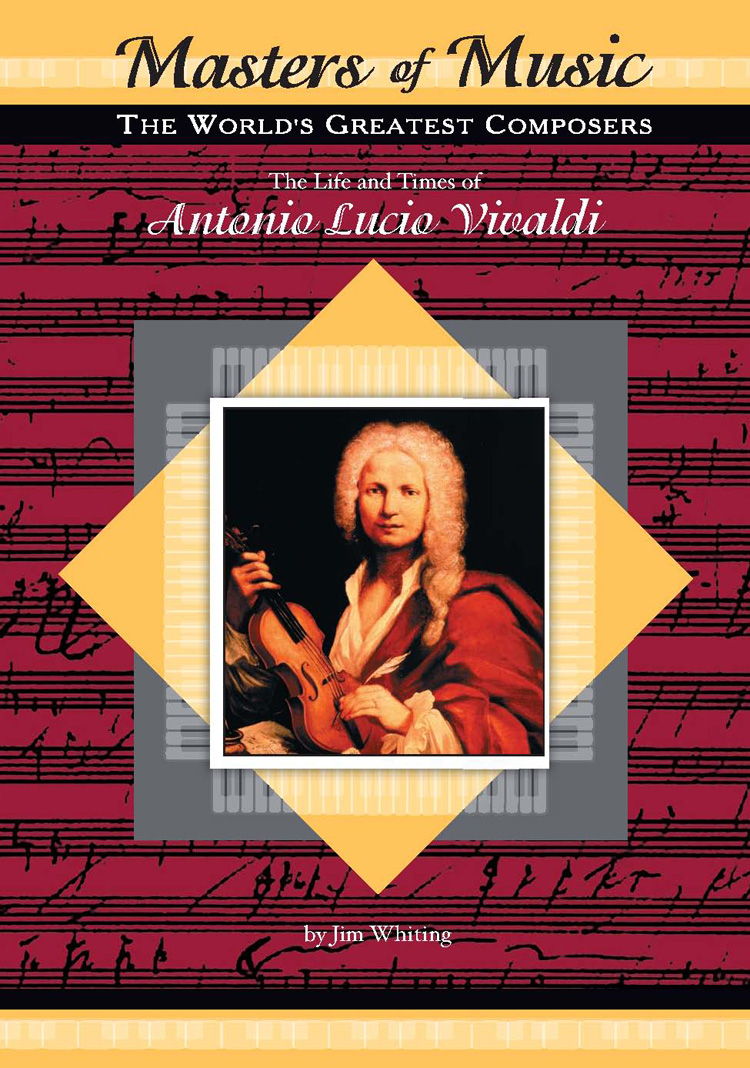

Titles in the Series
The Life and Times of...
Johann Sebastian Bach
Ludwig van Beethoven
Irving Berlin
Hector Berlioz
Leonard Bernstein
Johannes Brahms
Frederic Chopin
Duke Ellington
Stephen Foster
George Gershwin
William Gilbert and Arthur Sullivan
George Frideric Handel
Franz Joseph Haydn
Scott Joplin
Franz Liszt
Felix Mendelssohn
Wolfgang Amadeus Mozart
Franz Peter Schubert
John Philip Sousa
Igor Stravinsky
Peter Ilyich Tchaikovsky
Giuseppe Verdi
Antonio Lucio Vivaldi
Richard Wagner
Visit us on the web: www.mitchelllane.com
Comments? email us:

Copyright 2005 by Mitchell Lane Publishers, Inc. All rights reserved. No part of this book may be reproduced without written permission from the publisher. Printed and bound in the United States of America.
Printing 3 4 5 6 7 8 9
Library of Congress Cataloging-in-Publication Data
Whiting, Jim, 1943
Antonio Lucio Vivaldi/Jim Whiting.
p. cm. (Masters of music. Worlds greatest composers)
Includes bibliographical references (p.) and index.
Contents: Rediscovering a forgotten composerThe red priestThe PietA burst of creative energyThe four seasonsIn and out of fashion
ISBN 1-58415-241-9 (lib bdg.)
1. Vivaldi, Antonio, 1678-1741Juvenile literature. 2. ComposersItalyBiographyJuvenile literature. [1. Vivaldi, Antonio, 1648-1741. 2. Composers.] I. Title. II. Series.
ML3930.V58W44 2004
780.92dc22
2003024044
ISBN-13: 978-1-58415-241-5
eISBN: 978-1-54574-878-7
ABOUT THE AUTHOR: Jim Whiting has been a journalist, writer, editor, and photographer for more than 20 years. In addition to a lengthy stint as publisher of Northwest Runner magazine, Mr. Whiting has contributed articles to the Seattle Times, Conde Nast Traveler, Newsday, and Saturday Evening Post. He has edited more than 20 titles in the Mitchell Lane Real-Life Reader Biography series and Unlocking the Secrets of Science. He lives in Washington state with his wife and two teenage sons.
PHOTO CREDITS: Cover: PhotoResearchers; p. 6 SuperStock; p.12 SuperStock; p. 15 SuperStock; p. 18 Corbis; p. 21 SuperStock; p. 24 PhotoResearchers; p. 32 Corbis; p. 38 Hulton/Archive
PUBLISHERS NOTE: This story is based on the authors extensive research, which he believes to be accurate. Documentation of such research is contained on page 47.
The internet sites referenced herein were active as of the publication date. Due to the fleeting nature of some web sites, we cannot guarantee they will all be active when you are reading this book.
PLB4
Contents
The Life and Times of
Antonio Lucio Vivaldi
by Jim Whiting
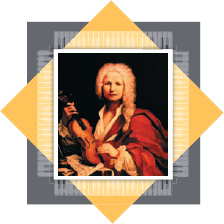
Chapter 1
Rediscovering a Forgotten Composer
Chapter 2
The Red Priest
Chapter 3
The Piet
Chapter 4
A Burst of Creative Energy
Chapter 5
The Four Seasons
Chapter 6
In and Out of Fashion
* For Your Information
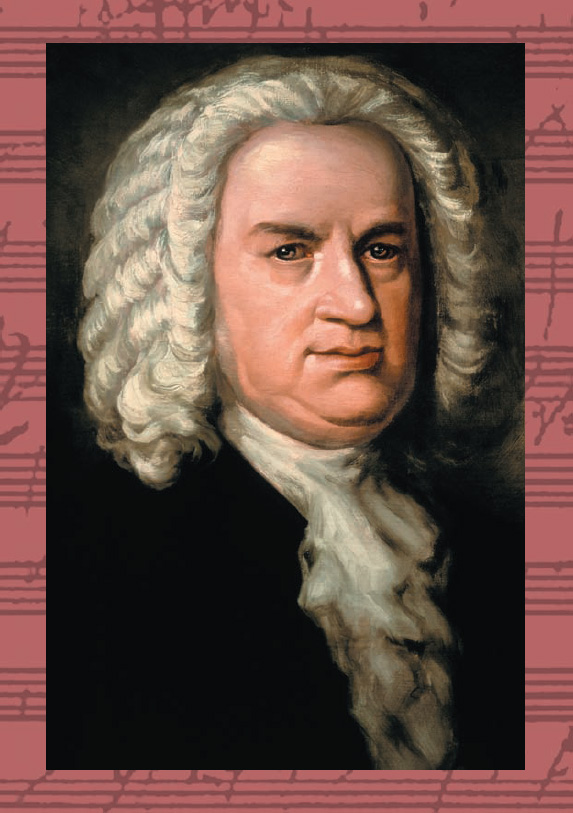
After Johann Sebastian Bach, pictured here, died in 1750, his works were nearly forgotten. Composer Felix Mendelssohn led a performance of Bachs St. Matthew Passion in 1829. That led to a revival of interest in Bachs other compositions, which in turn led to a rediscovery of Vivaldis work as well. Yet it would take many years before his work would be fully appreciated.

Rediscovering a Forgotten Composer
I n 1999, a British magazine called The Radio Times conducted a poll among its readers to determine their favorite piece of classical music. Many people were surprised at the results. The winner wasnt something by Beethoven, such as his famous Fifth or Ninth (Choral) Symphony. Nor was it one of the beloved pieces played at Christmas, George Frideric Handels Messiah or Peter Tchaikovskys Nutcracker. Even though many musicians consider Johann Sebastian Bach to be historys greatest composer, the winner wasnt one of his works either.
The readers favorite was The Four Seasons by Italian composer Antonio Vivaldi.
If that poll had been conducted 50 years earlier, the results would have been different, and not because peoples musical tastes had changed. There was another reason.
Until 1950, hardly anyone had heard of either Vivaldi or his music. Unlike many other famous composers, Vivaldi was forgotten almost as soon as he died in 1741, alone and far from home. His body was hurriedly thrown into an unmarked grave, and his music seemed to suffer the same fate.
Vivaldi wrote what is called Baroque music, which is very grandiose. One characteristic of Baroque music is that several melodic lines wind around each other. Another is that there are many dramatic contrasts, such as alternating loud and soft passages. Perhaps most important, the music features a great deal of ornamentation. Baroque singers commonly stretch out a simple phrase for a minute or two, often repeating one or more words in the phrase.
Vivaldi had been very popular while he was alive, but time seemed to have passed him by. His music had fallen out of fashion. Melodic lines became simpler, and there was very little ornamentation.
His return to fame came by a curious route. Less than 10 years following Vivaldis death, Bach died. Most people believed that several of Bachs sons, who had become composers like their father, were much better and more interesting than whoever had come before.
But unlike what happened with Vivaldi, a handful of admirers kept Bachs reputation and music alive during the following decades. Early in the 1820s, a young German composer named Felix Mendelssohn found a copy of Bachs St. Matthew Passion. Astonished by its beauty, he immediately wanted to present it in public. Despite several obstacles, he stubbornly pushed forward with his dream and conducted a performance in 1829.
The concert was an overwhelming success. Suddenly Bach was back in favor. People began demanding to hear his other works. Musicians searched frantically for manuscripts he had written. It was a complicated process, because these manuscripts had been scattered far and wide.
All this searching eventually turned up a collection known as XII Concerti di Vivaldi elaborati di J.S. Bach (12 concertos of Vivaldi transcribed by J.S. Bach). Soon some of Vivaldis other works that had also influenced Bach were discovered. Who is this Vivaldi? people asked.
As Vivaldi biographer Marc Pincherle observes, We are reminded of the Egyptologists who, digging in the Valley of the Kings in search of a certain pharaohs burial place, uncover an older, hitherto unsuspected tomb.
But Vivaldis music wasnt destined to become an overnight success. Its eventual revival has some elements of a detective story.
Next page
